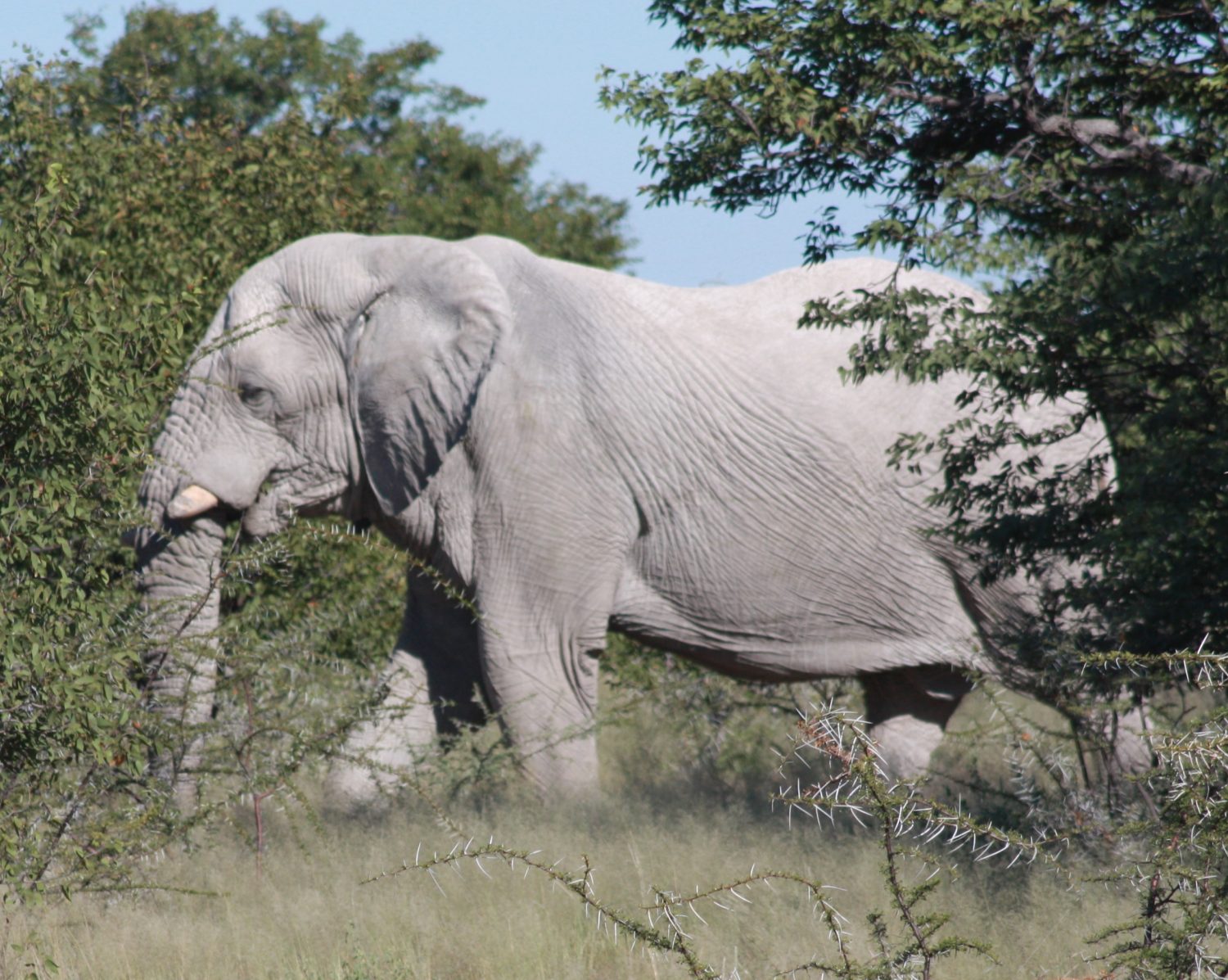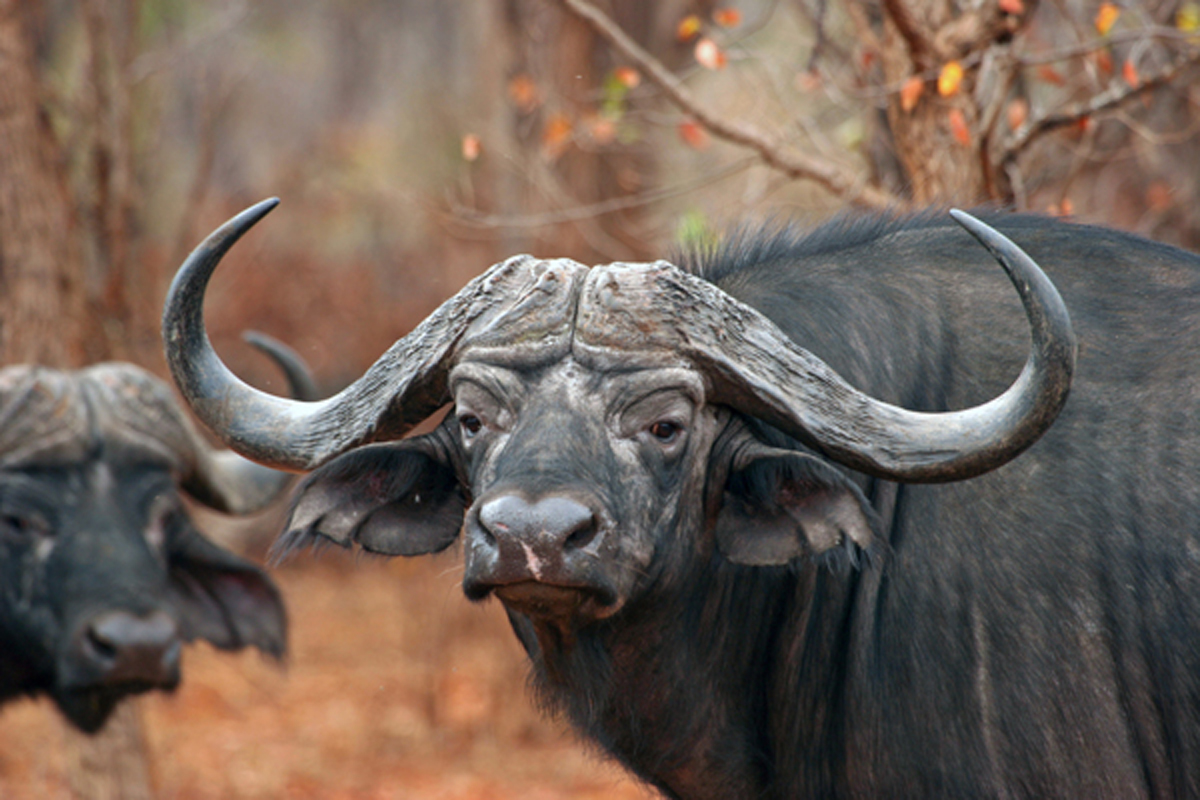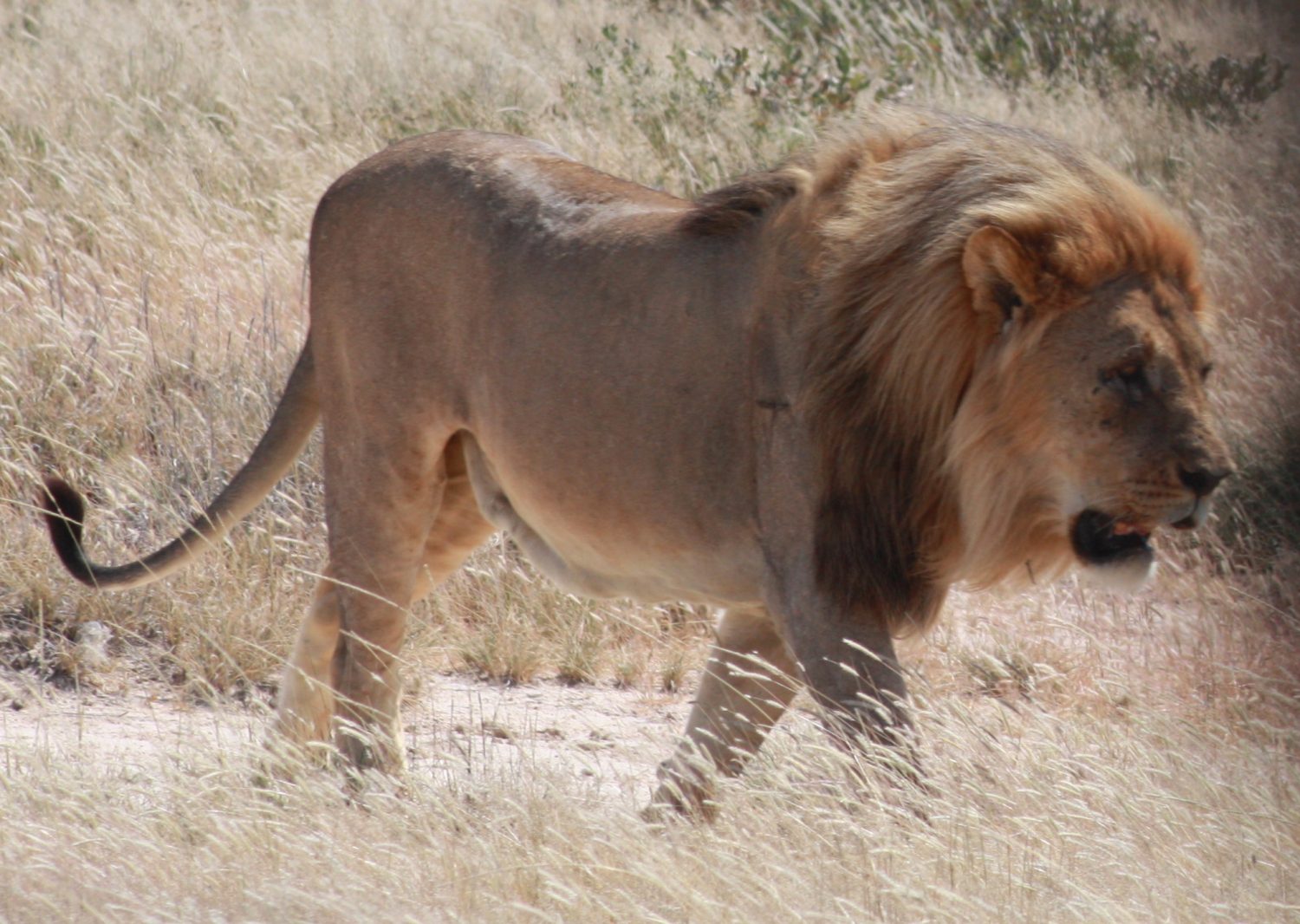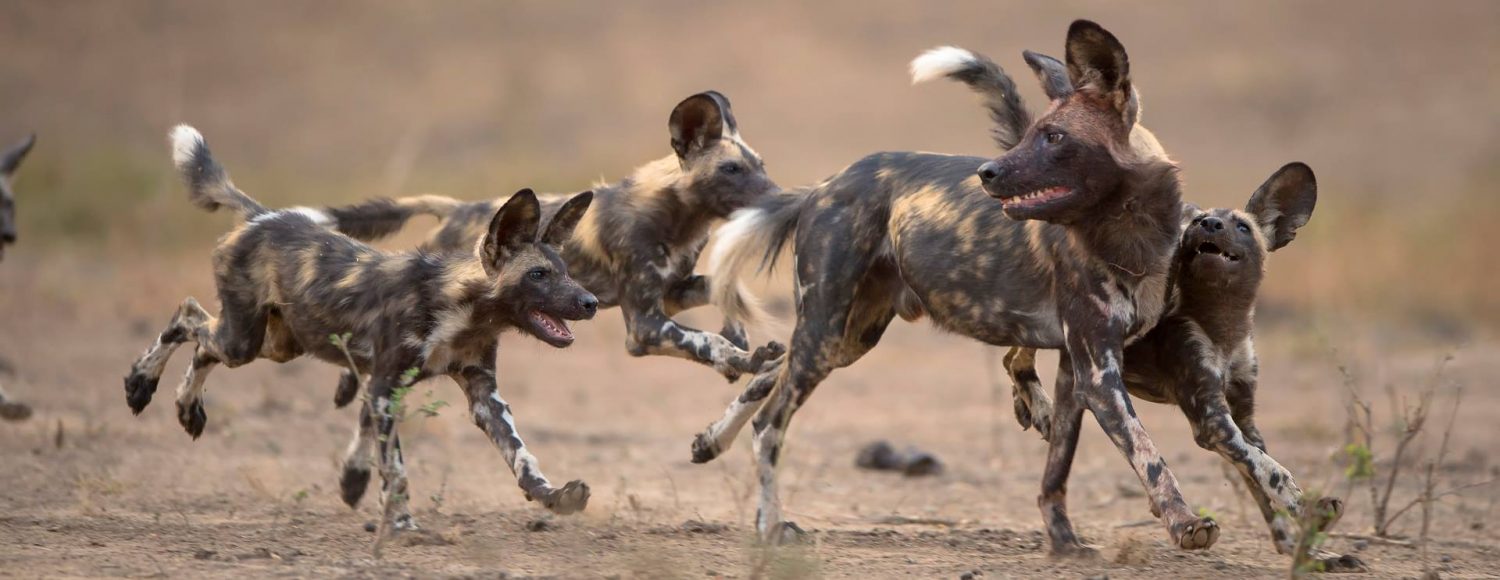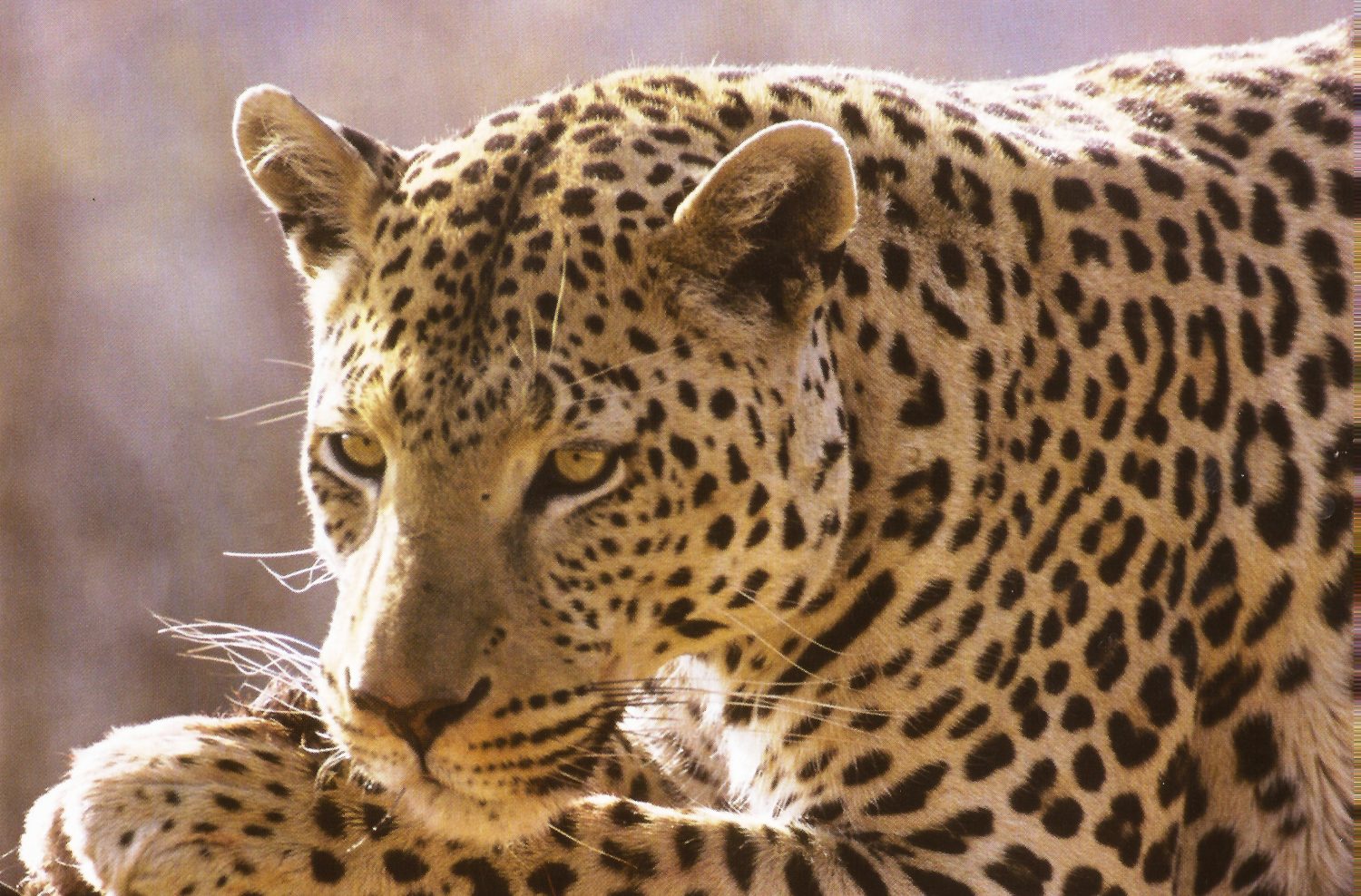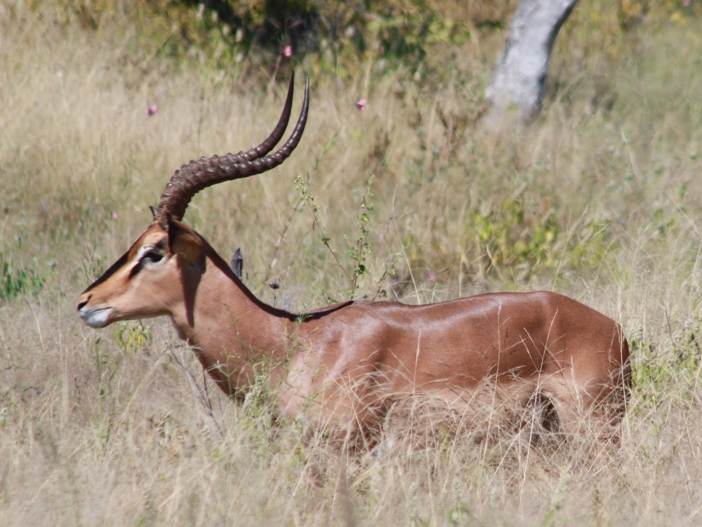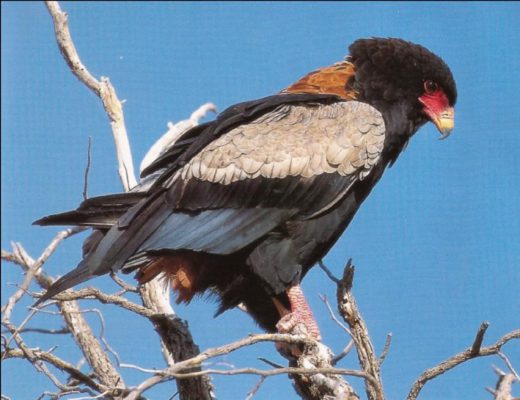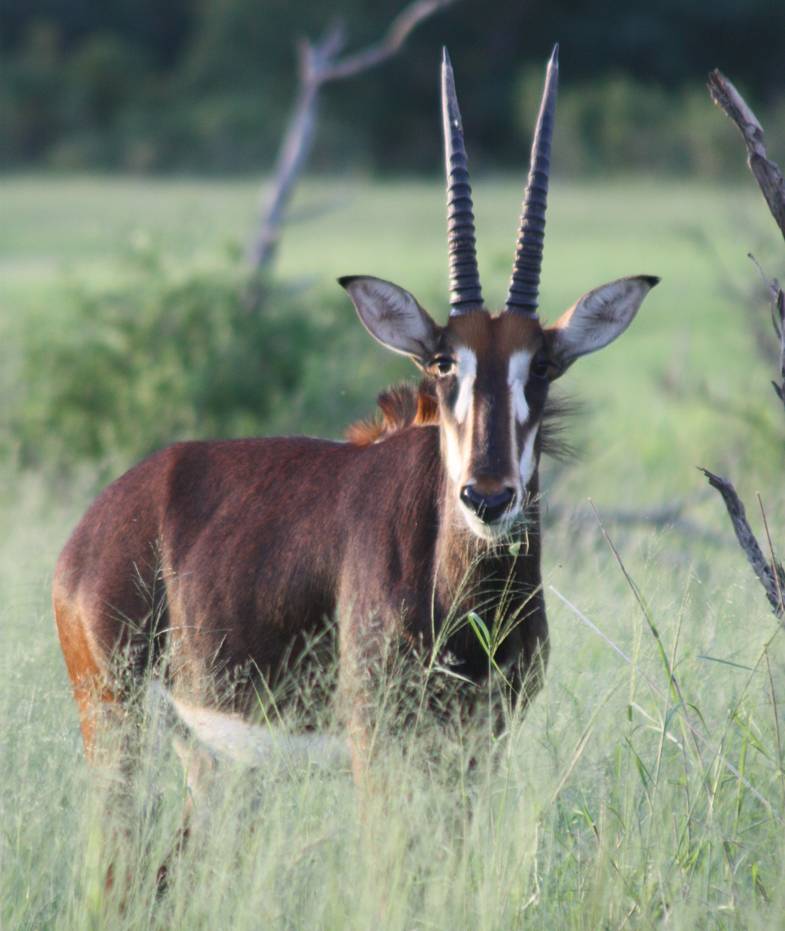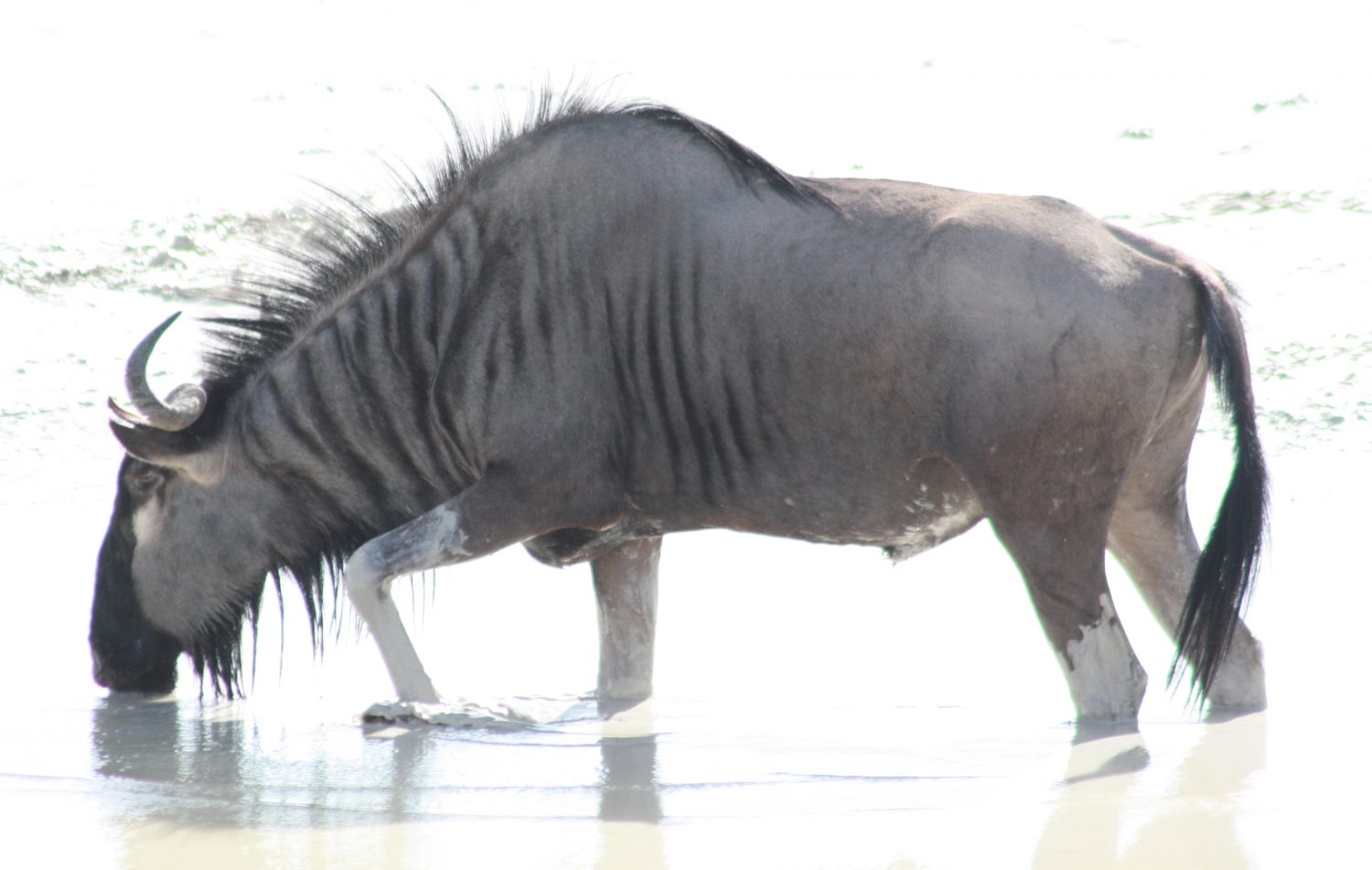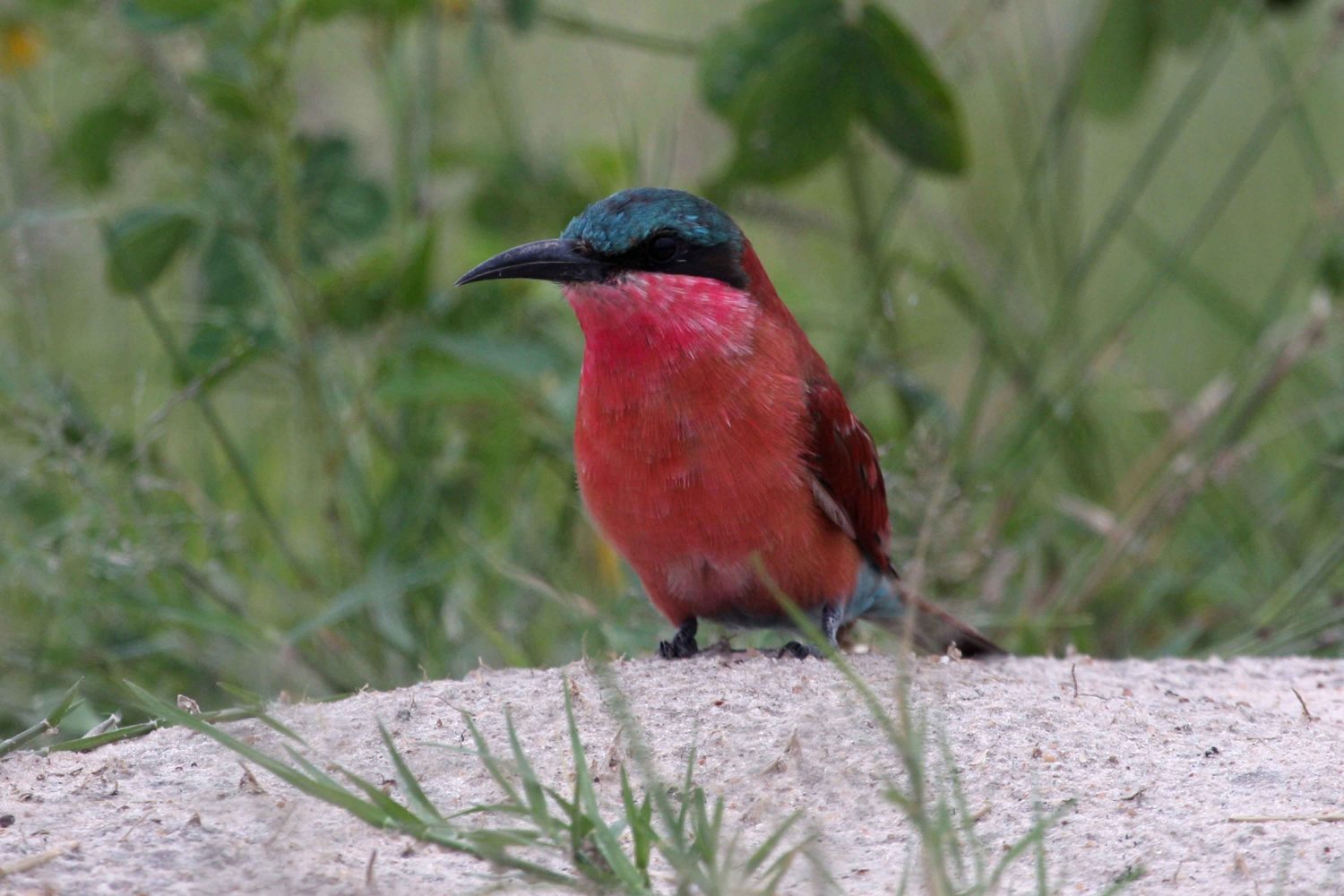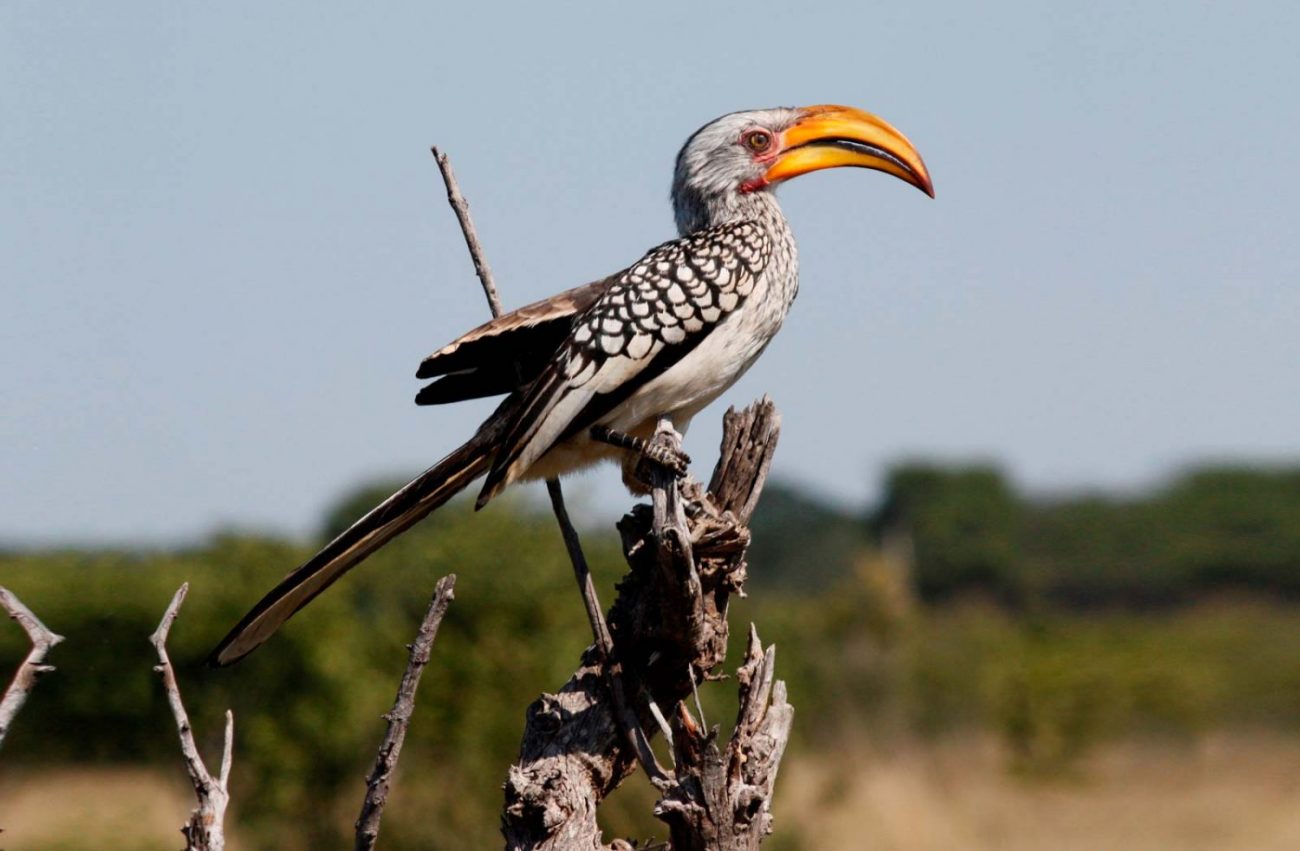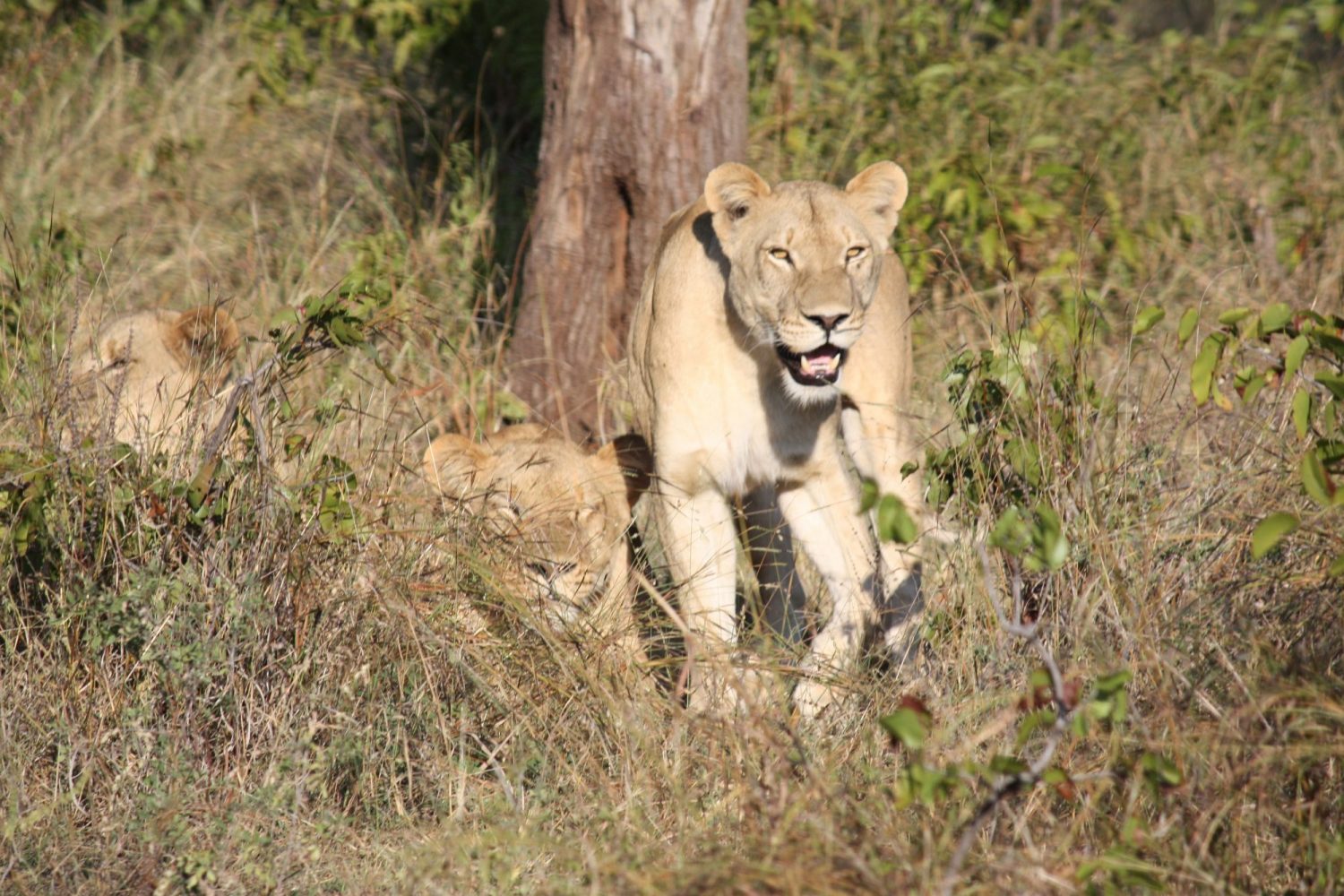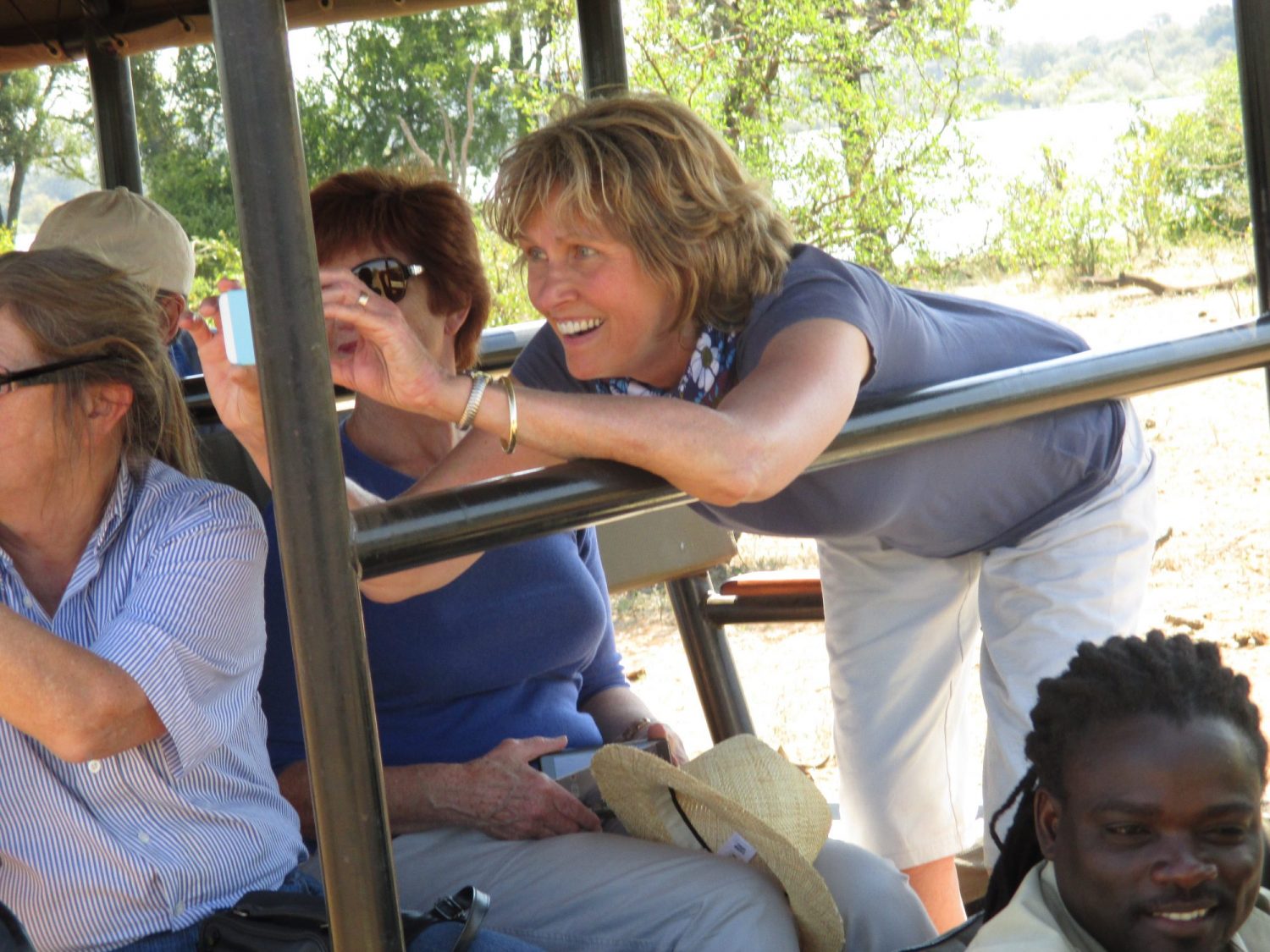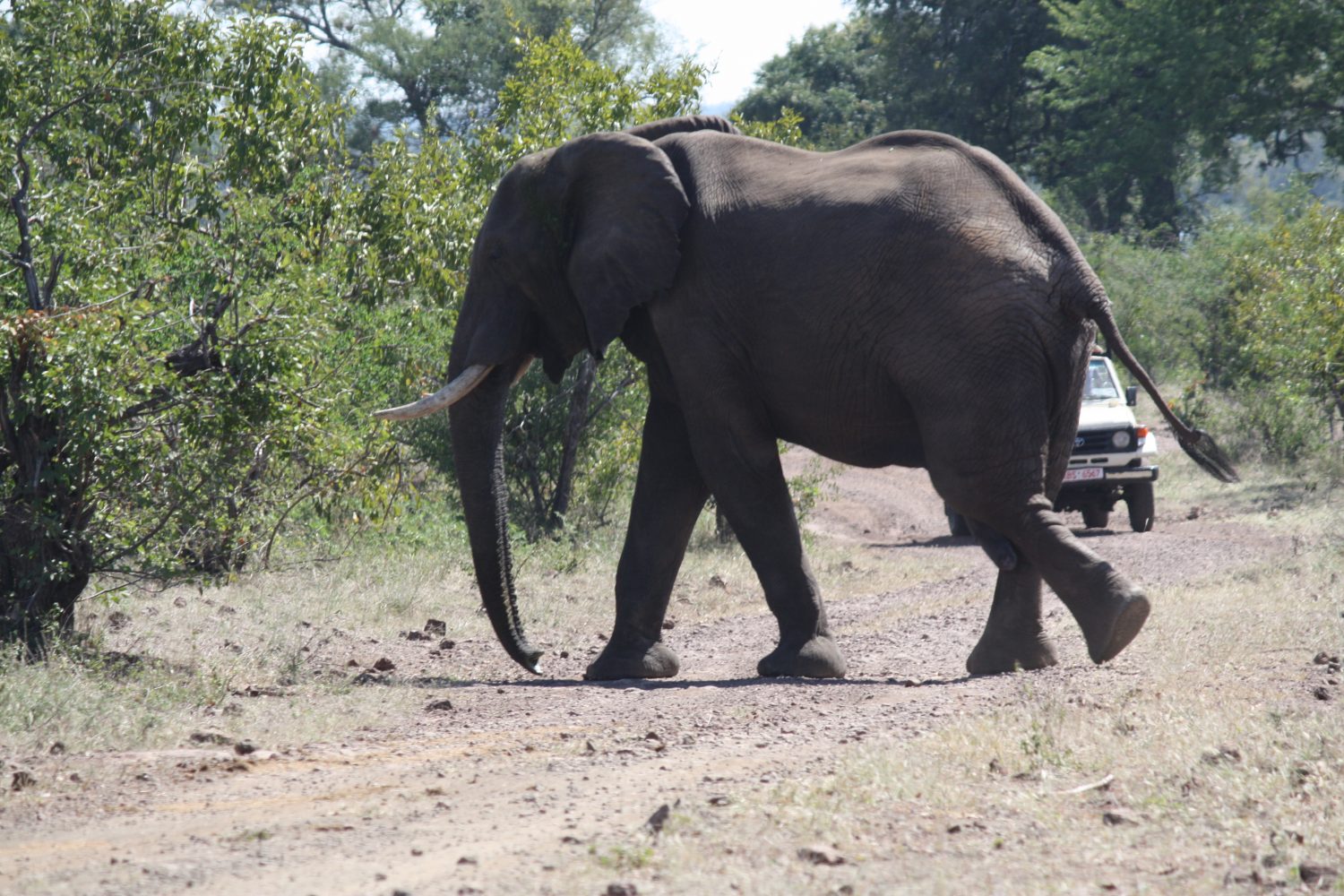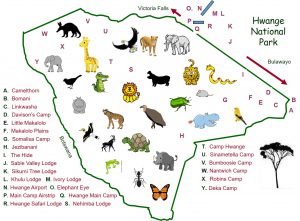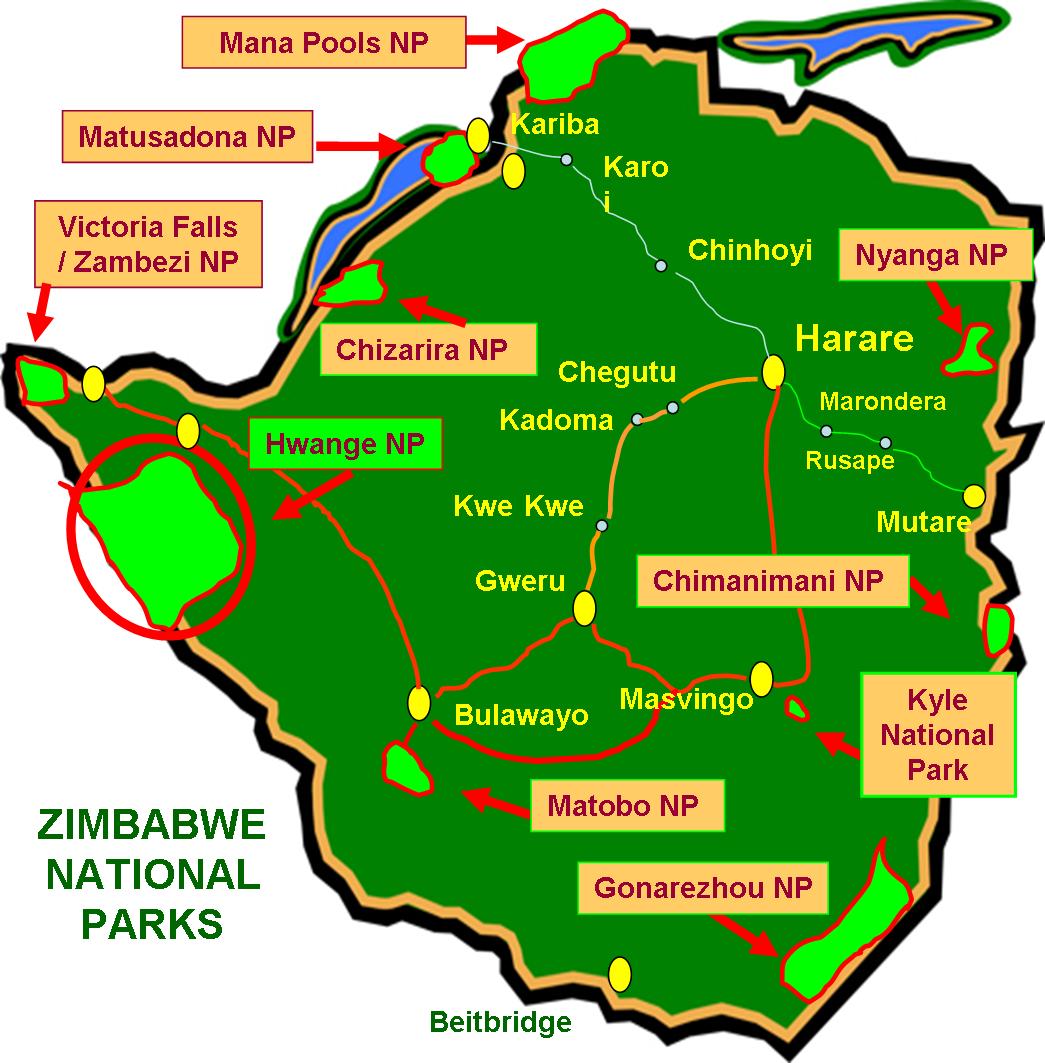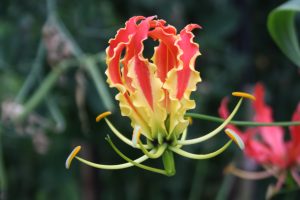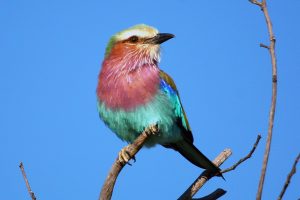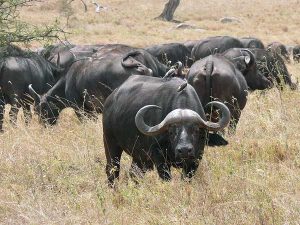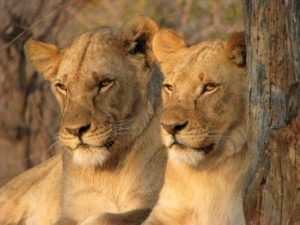Hwange National Park
Situated in North Western Zimbabwe bordering Botswana
Founded in 1928 and set aside as a National Park in 1929, Hwange National Park (formerly called Wankie National Park) was named after a local Nhanzwa chief. It became the royal hunting grounds for the Ndebele warrior-king Mzilikazi in the early 19th Century. Hwange is the largest Park in Zimbabwe occupying approximately14 650 square kilometers. It is located in the northwest of the country about one hour south of the town of Victoria Falls.
Click On Image
The first warden at Hwange was Ted Davison who was appointed to the role at the youthful age of 22. He became good friends with the English born James Jones who hailed from Manchester. James was the station master for the then Rhodesia Railways in Dete which is situated close to Hwange Main Camp. Jones managed incoming supplies for the park.
Hwange boasts a tremendous selection of wildlife with over 100 species of mammals and nearly 400 bird species recorded. The elephants of Hwange are world famous and the Park’s elephant population is one of the largest in the world.
The Park has three distinctive Camps and administrative offices at Robins, Sinamatella and the largest one at Main Camp. Hwange has two main seasons, one hot and wet season starting in mid November and ending in mid April. This is the season for migratory birds in Hwange ranging from the inter-African migrants like the Southern Carmine Bee-eater to the Palearctic Migrants like the Amur Falcons and the Ruff. The number of bird species found in Hwange exceeds 400 and this is largely due to migrants that take advantage of the huge numbers of insects and favourable conditions during the wet season.
The second season in the cold and dry season starting off in about mid April and ending when the rains break in mid November. The low temperatures occur for a brief period in May/June and July and then it remains dry but gets progressively warmer as the season progresses. Summer temperatures can reach into the 40s whilst winter overnight lows can be in the minuses but normally for only short periods. Hwange is on the edge of the Kalahari desert and as such guests are able see a number of desert specialist birds in this dry period such as Sand grouse, Coursers and Nightjars.

